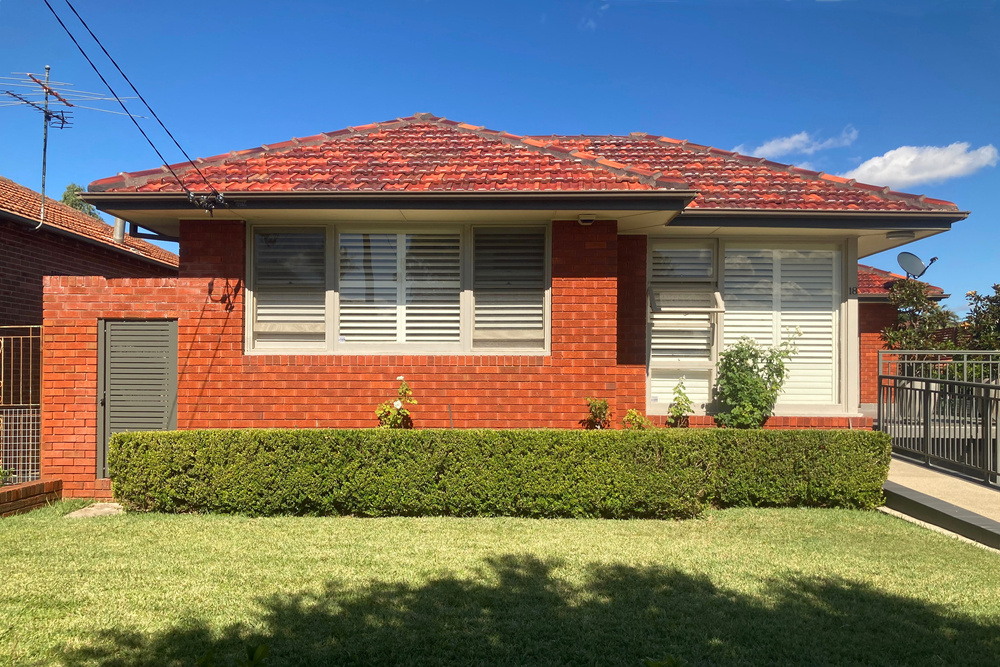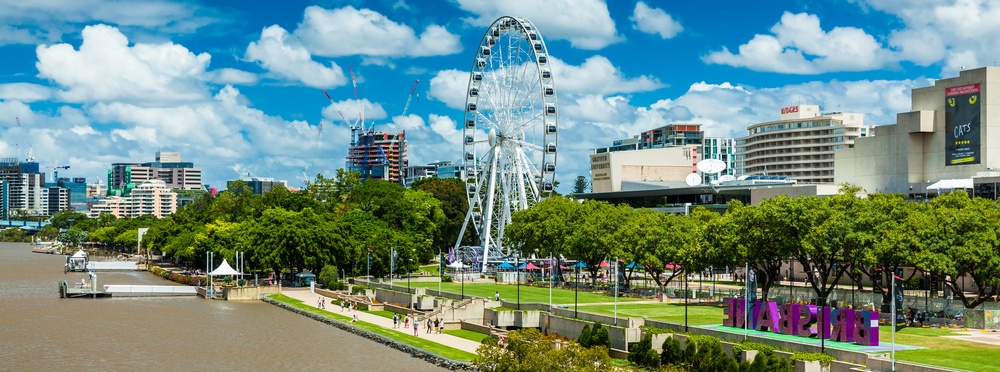
Jul
A Guide to Brisbane's Most Liveable Suburbs
![]()
Thinking of moving to a new home in Brisbane? As Brisbane’s Leading Roof Replacement & Roof Restoration Specialists, we’ve worked all over Brisbane and with a population of around 2.46 million we love how diverse our city is! Whether you’ve lived in another suburb in Brisbane or are moving from a completely different city - the choice to move somewhere in Brisbane is great and the decision can be hard to make. In this post, we share our mini real estate guide to suburbs in Brisbane.
What are you looking for?
Each suburb in Brisbane has a different vibe and can tick off the boxes for various requirements. So to narrow down the perfect suburb for you and your lifestyle, ask yourself, what are the requirements for you?
Consider some of these factors:
Schools: Are looking for a family-friendly area? If so, how many preschools and schools are in the area? This indicates whether there are many families already living in the area. This also means there will be other kids to play with in your street/area.
Community Services: If you have kids, you’ll want to have access to community-based services much more than when you didn’t. The availability to libraries, community centres, emergency departments and access to health services all contribute to how family friendly a suburb is.
Shopping: The best performing suburbs always have an established infrastructure to service the demands of residents in the area. Whether you’re a couple or a family looking for the perfect area, shopping is usually a huge part of what makes a home location awesome - think about it, easy parking, or even a few minutes walk so you don’t have to venture too far for that last minute shop.
Public transport: Even if you have a car, access to public transport is important for a number of reasons. Commuting to work means beating the traffic, skipping expensive parking, not to mention a much lower carbon footprint. Or how about the kids? You don’t have to play chauffeur all the time and you can help build your children’s independence when they’re older.
Location: One of the best parts of choosing a place to live is the location itself. Do you want to wake to picturesque mountain views? How about wake up to sea views that help you escape the daily grind? If the home has an elevated position or offers enviable views, does it make the most of it and orient the property’s design to capture it as much as possible? In connection to the location how does the local weather influence your location choice? Possible severe weather around the Brisbane area could include severe storms and some flooding. But roof restoration and roof replacement can help ensure your future home doesn’t get any leaks or damage from the rain. The Brisbane council has also produced a map to show you areas that more prone to floods.
Brisbane Geography
Brisbane can be divided into 5 main areas:
- Inner Brisbane – including Fortitude Valley (streets are lined with clubs, bars and restaurants, this hip can be fun but expect the noise that comes with it), Kelvin Grove, Paddington, West End and Fairfield.
- Northern Suburbs – including Chermside, Nundah, Geebung, Strathpine and Sandgate.
- Southern Suburbs – including Holland Park, Eight Miles and Inala.
- Eastern Suburbs – including Balmoral, Bulimba and Hawthorne.
- Western Suburbs – including Indooroopilly, Kenmore and Brookville.
Top Suburbs in Brisbane
According to RP Data and Aussie Home Loans (taking into account property prices, sizes of land, average number of bedrooms, proximity to amenities like schools, shopping, healthcare and capital gains over time) these suburbs are among the top suburbs in Brisbane:
-
Morayfield
Winner of the best family suburb in 2014 by RealEstate.com.au, Morayfield fulfills all the needs of a young family given it’s proximity to schools and community services, and best of all when it comes to cost, the median house price is around ~$310,000.
-
Sandgate
Think of an English seaside village and you’re pretty much imagining Sandgate. This suburb boasts a great town centre, a train station, beautiful views, walking paths, parks & playgrounds, and several schools. It’s perfect for early risers who are looking for a quiet area and more relaxed living.
-
Paddington
Seen as one of Brisbane’s most desirable suburbs, lattic-front Queenslanders are what the old suburb is known for. The suburb maximises the use of small spaces where heritage listed gems are juxtaposed with the occasional modern infrastructure. You’ll find a collection of chic boutiques and cafes also in the area and it’s just just 3km away from the CBD.
-
Bulimba
Just a little further down Brisbane River, you’ll find the roof restoration and urban-renewal projects of Bulimba take the once industry-focused suburb into one of Brisbane’s most sought-after locations to live. It’s serviced by buses and the city cat, and nearby are many cafes, restaurants, unique boutiques, a school and a large park - all lending to a definite community feel to the area.
-
Camp Hill
Once known as a working-class suburb in the outskirts of Brisbane, it’s now seen as a popular inner-city suburb. It’s close to Brisbane’s finest (and rarest) Eucalyptus forests, the Pine Mountain Reserve. One huge factor that makes this suburb super attractive is certainly the media house price at ~$490,000.
-
Fairfield and Dutton Park
Great suburbs for professionals who want the convenience of public transport to the CBD, you’ll find that most homes and apartments here are within walking distance to the train stations in the area and major bus routes. They’re also popular areas for university students, given their close proximity to the Green Bridge which connects to UQ St. Lucia.
-
New Farm
One of Brisbane’s oldest suburbs, thanks to roof restorations and roof replacement New Farm projects, the traditional suburbs keeps up with the times consistently being named as one of the trendiest suburbs in Brisbane. It has a renowned park area, complete with rose garden, tennis courts, basketball courts and soccer grounds all with gorgeous views fronting the Brisbane River.



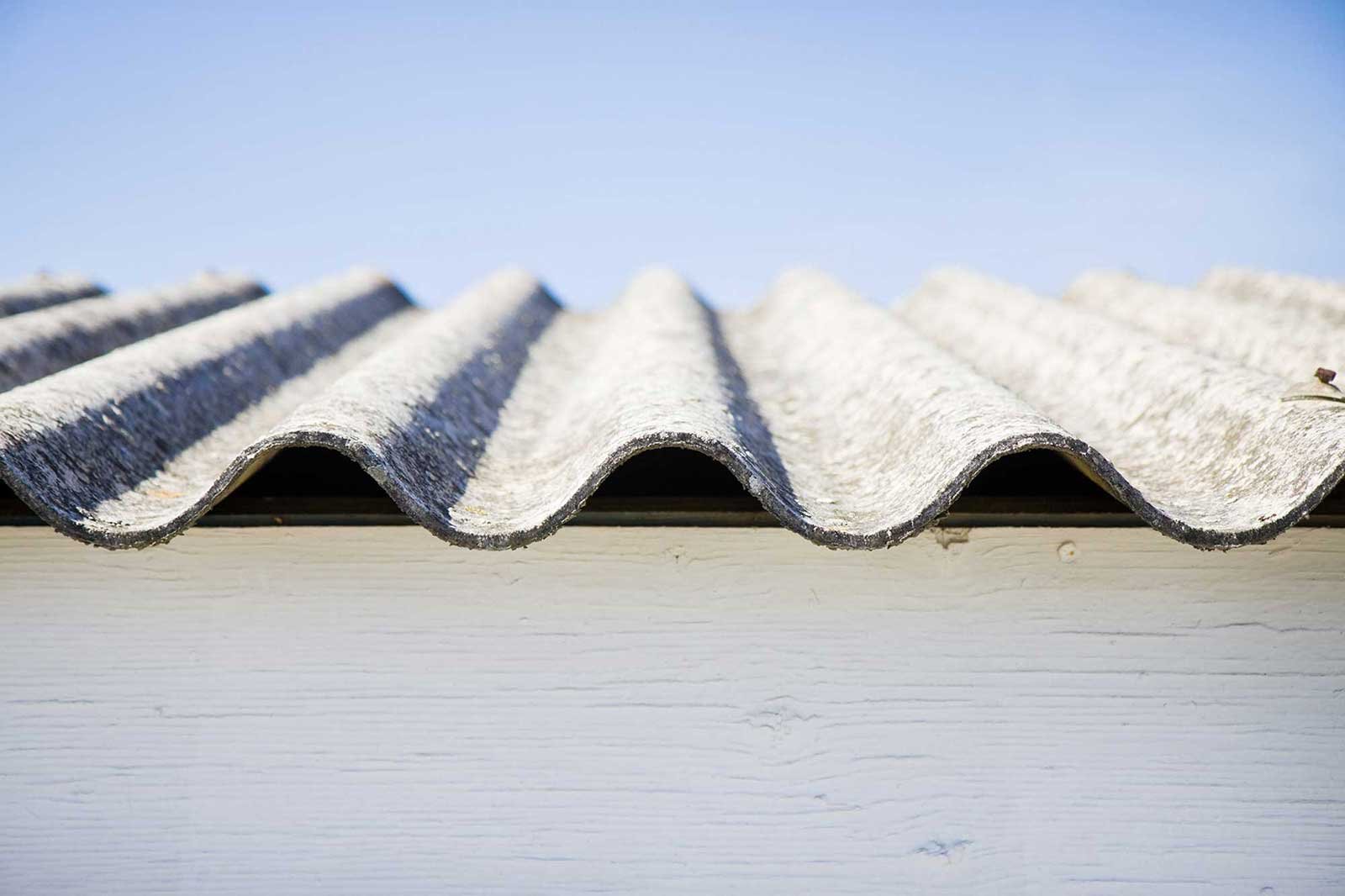






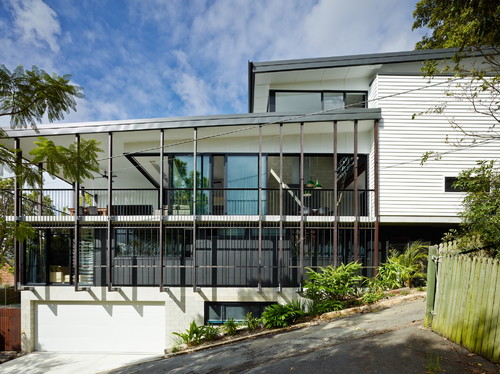
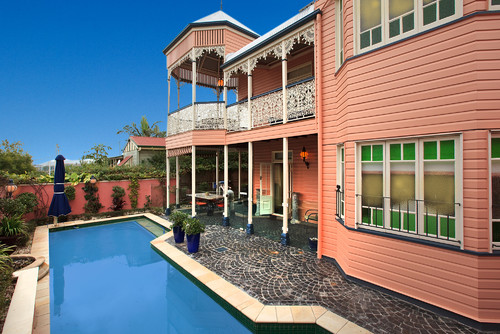

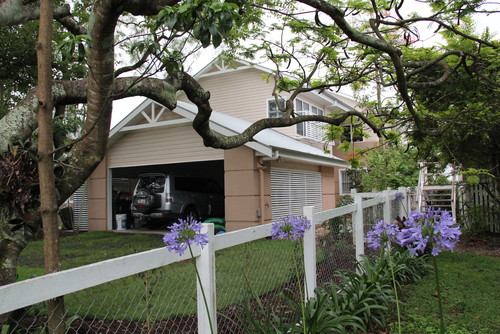
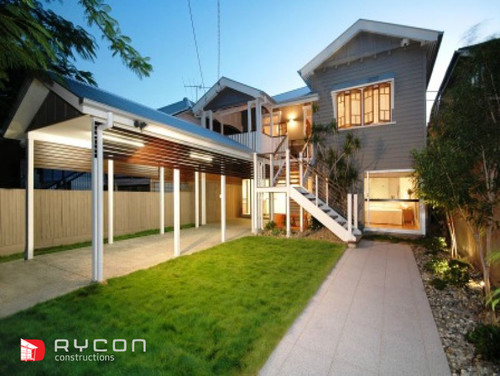
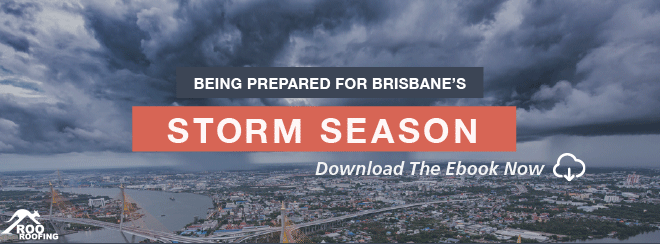
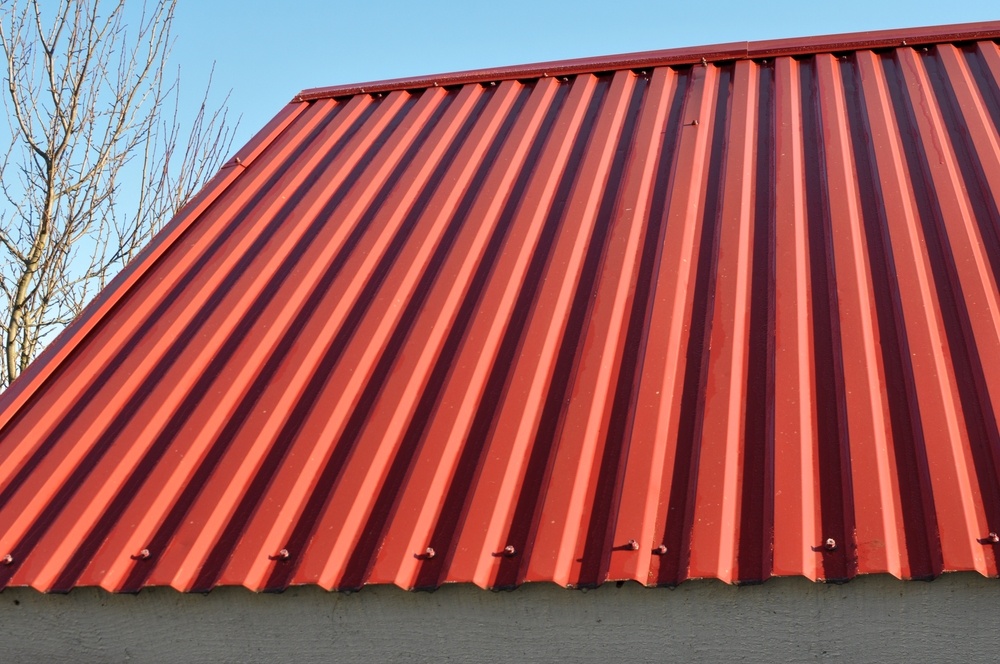
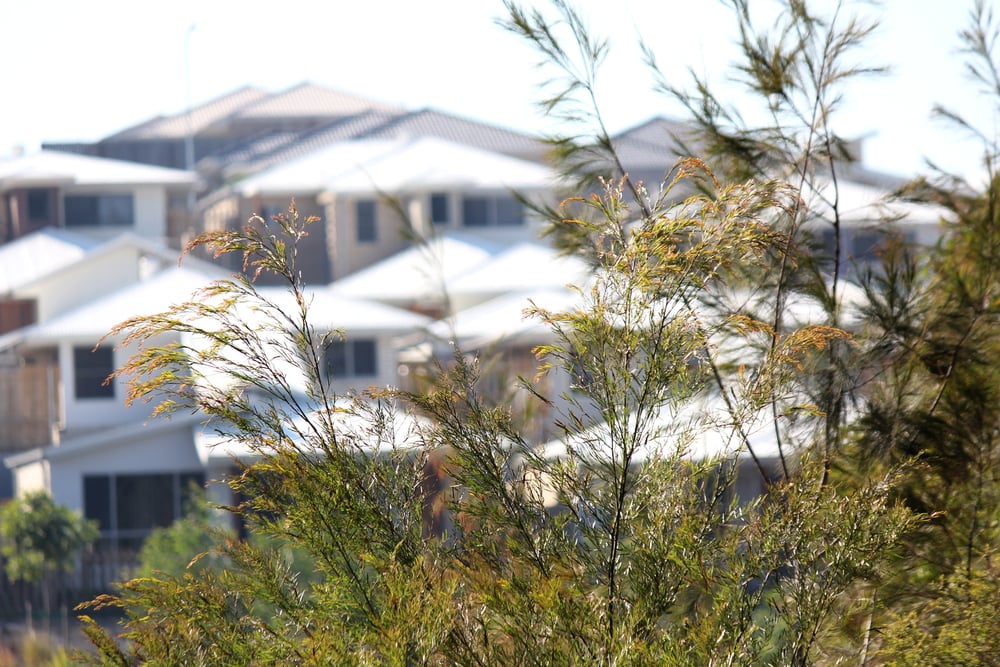

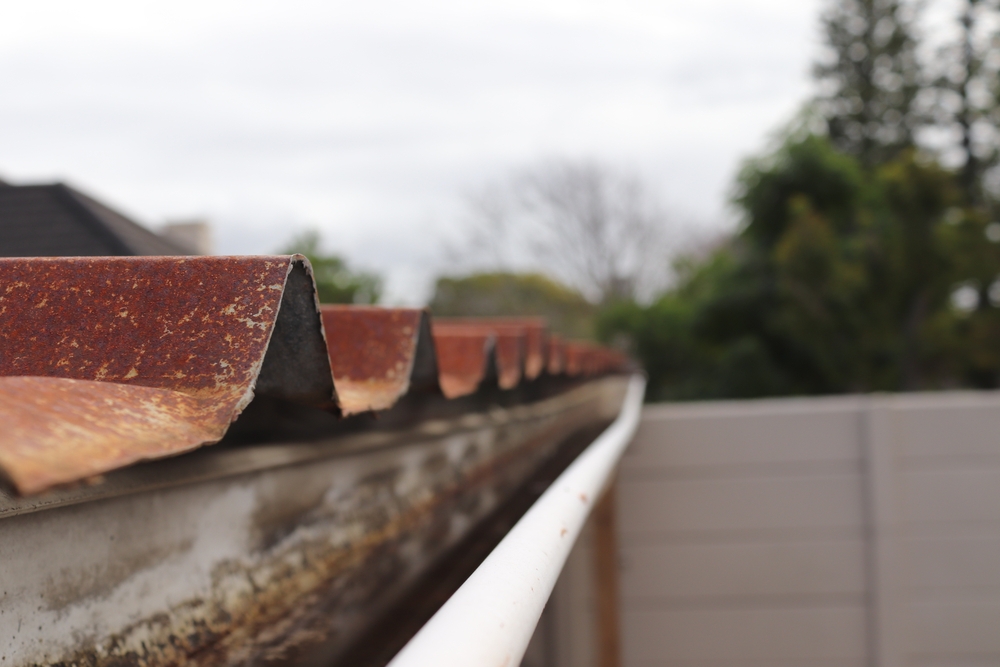
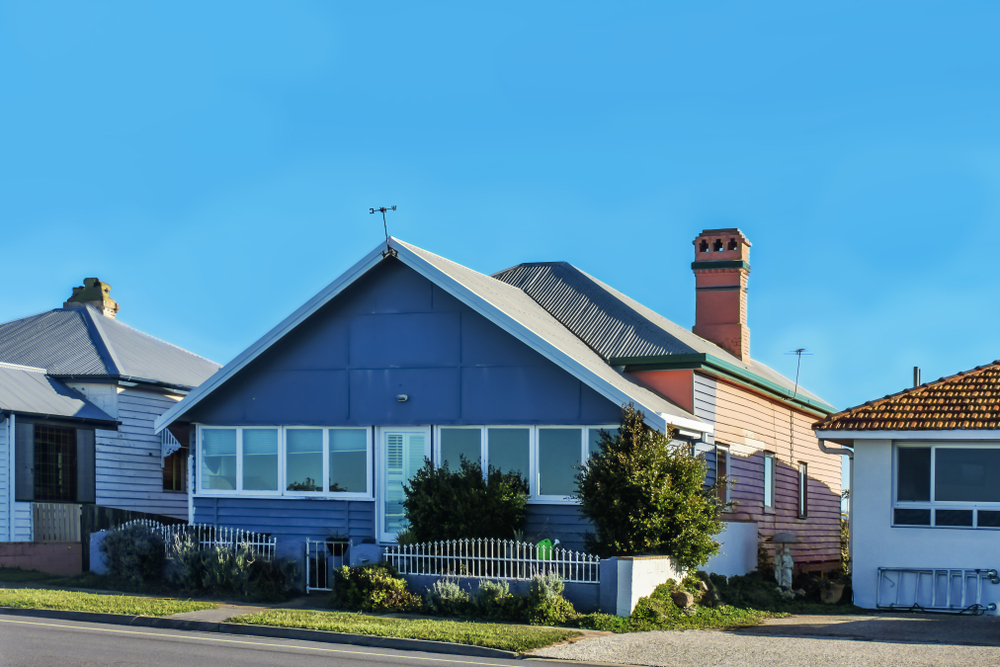
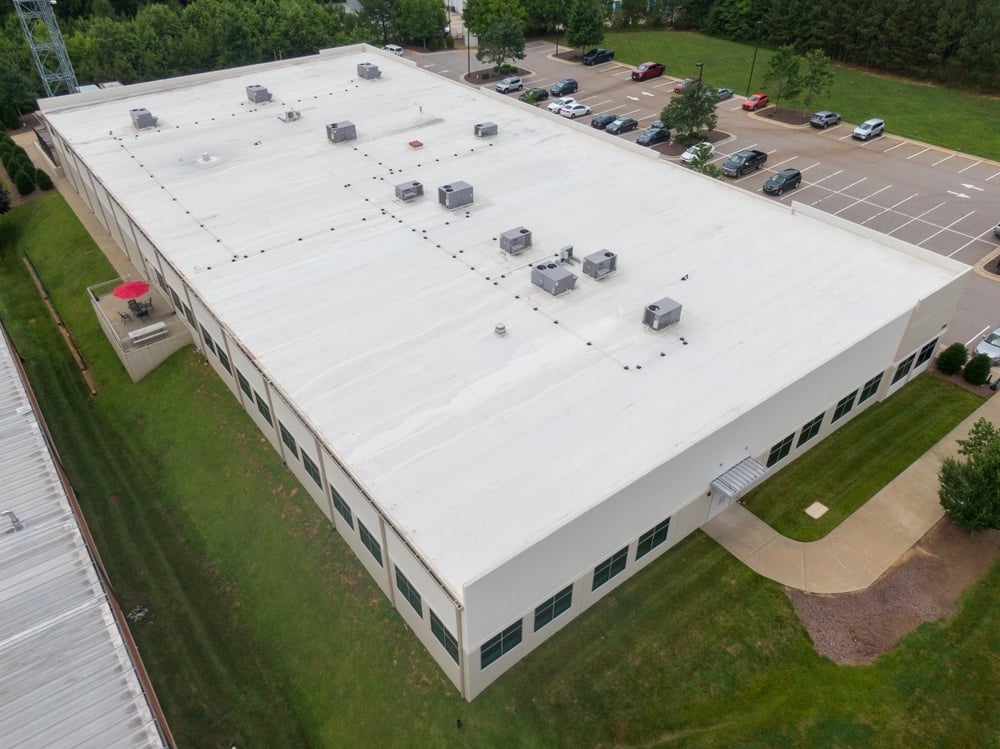
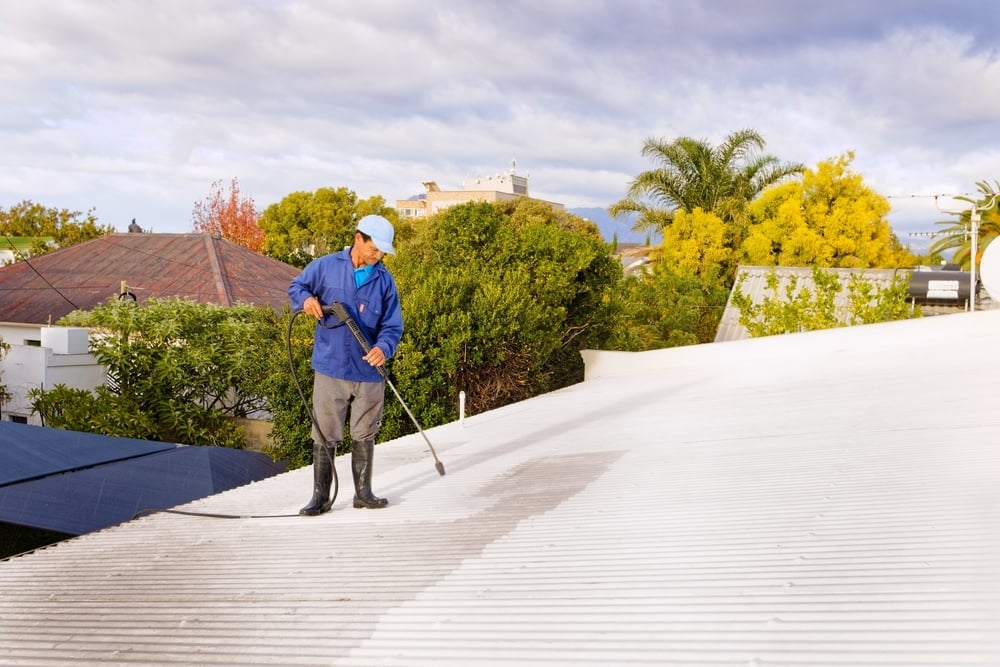
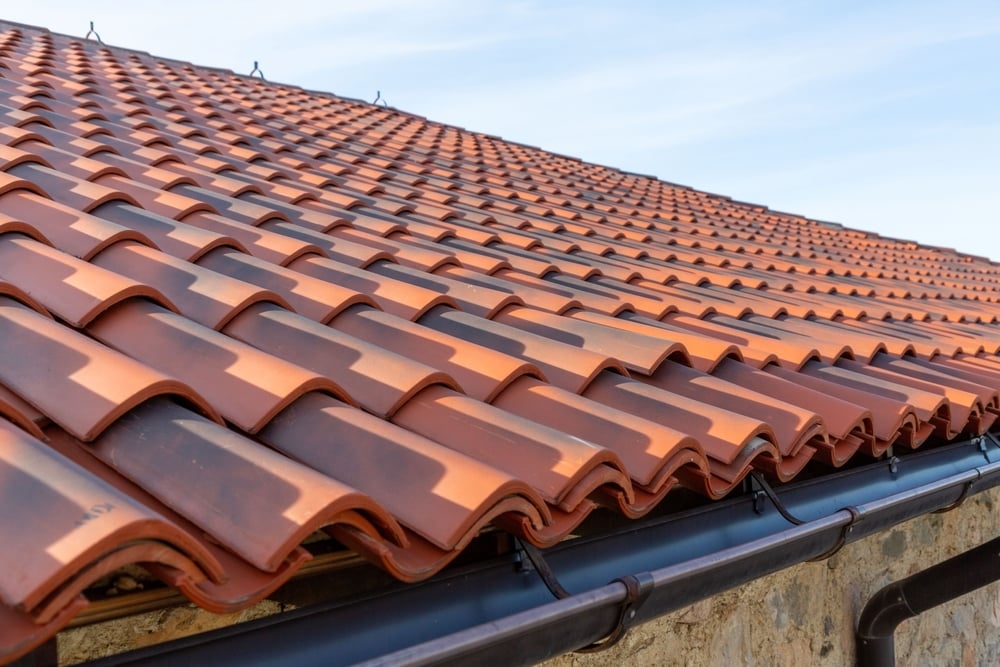
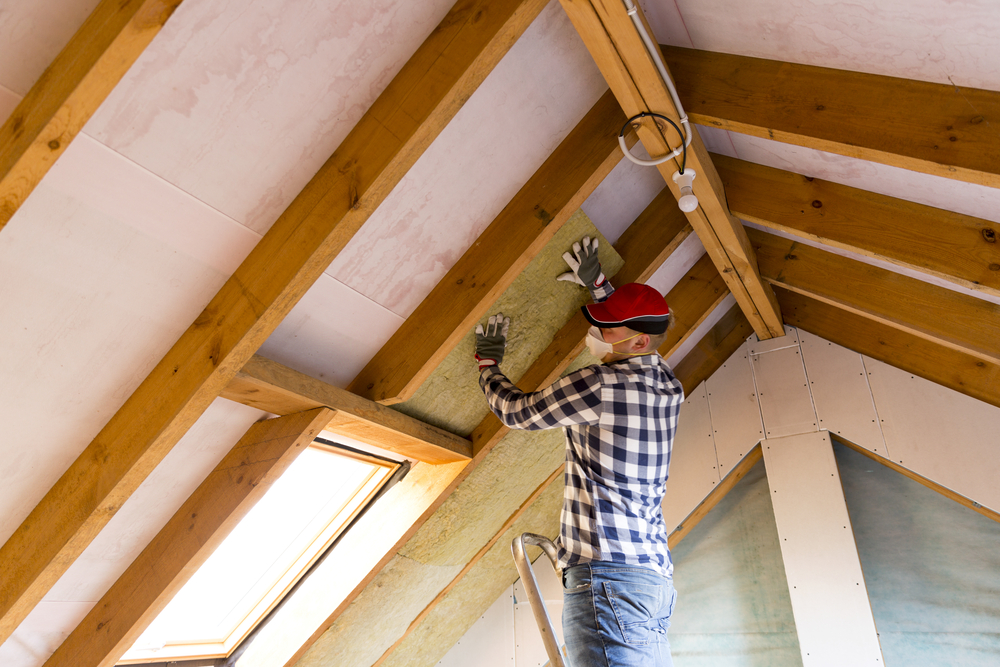
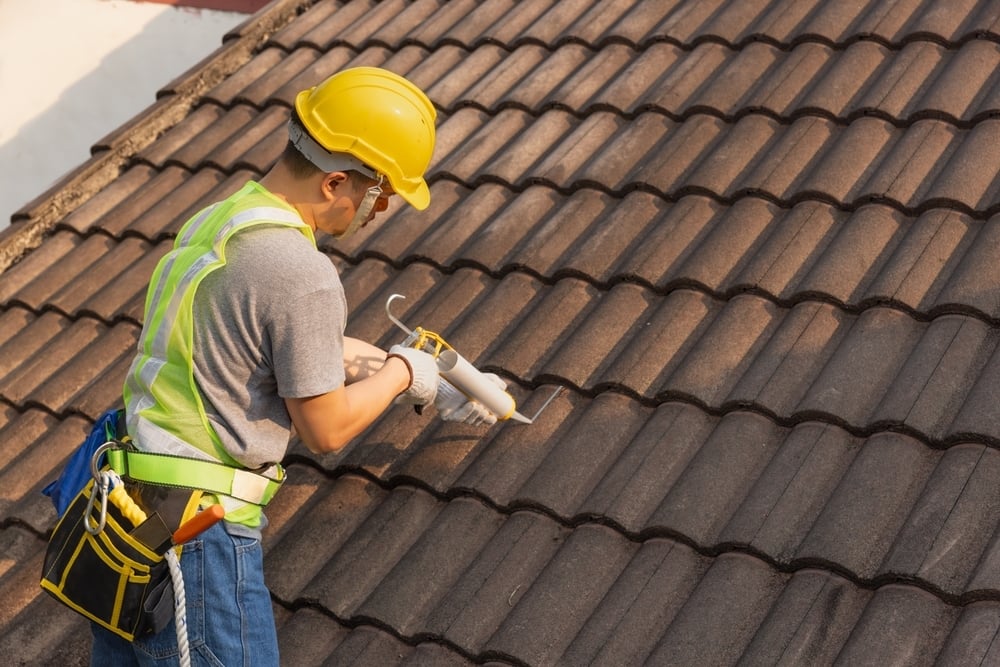
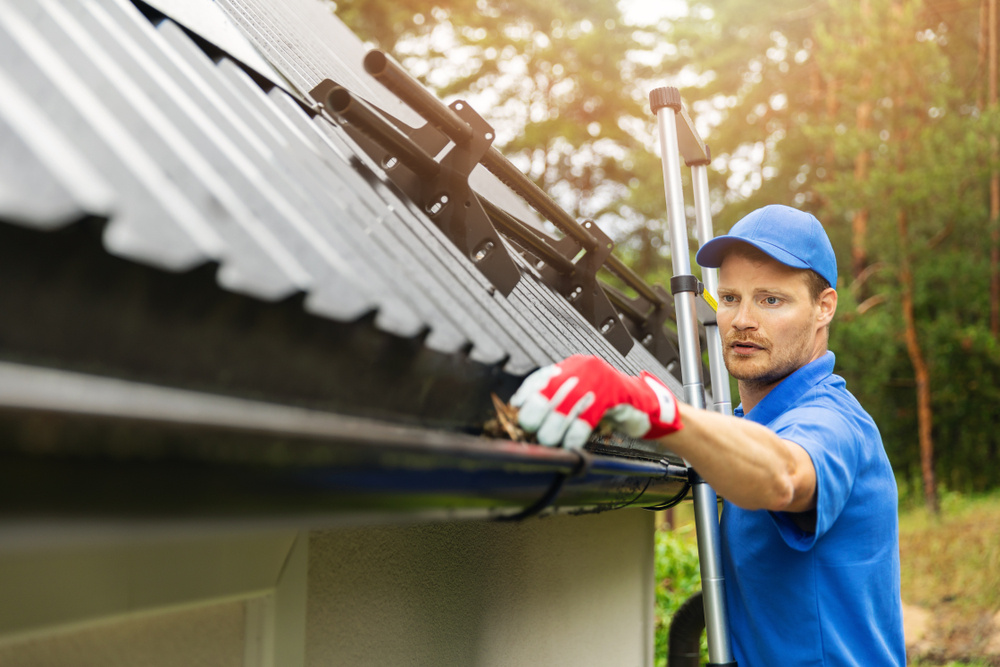
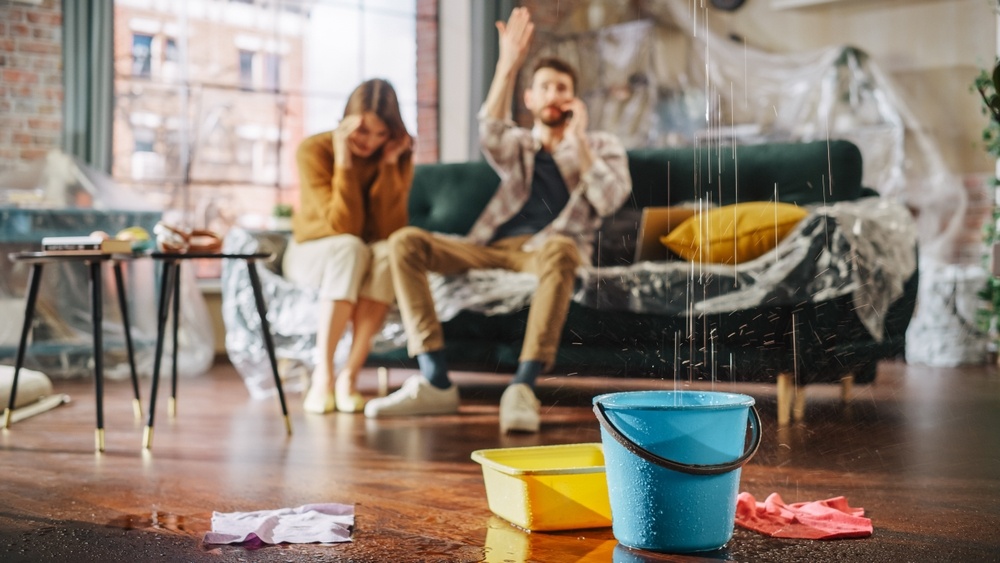
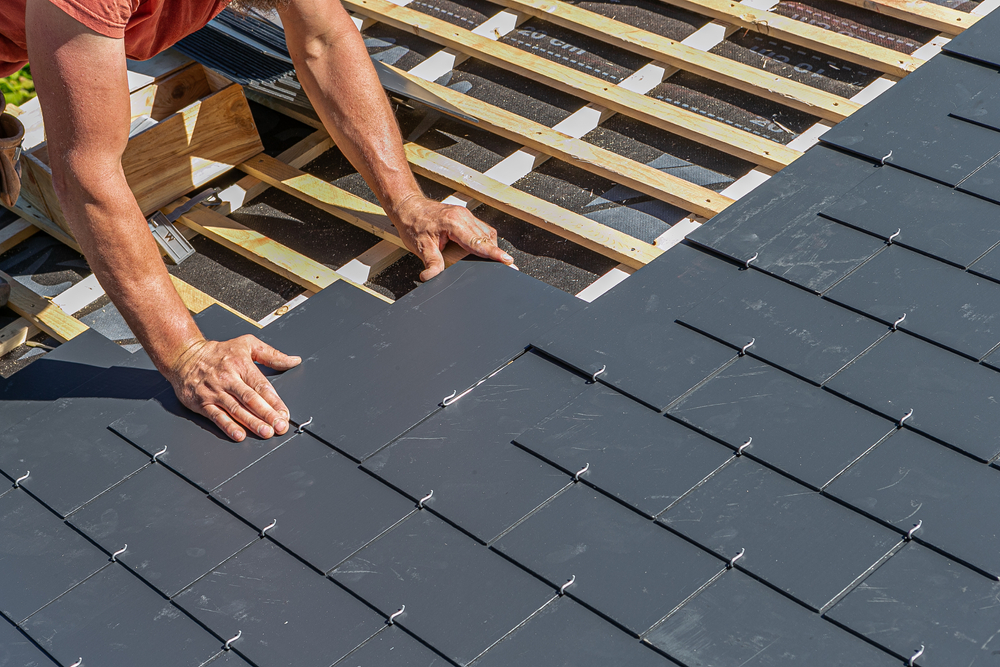
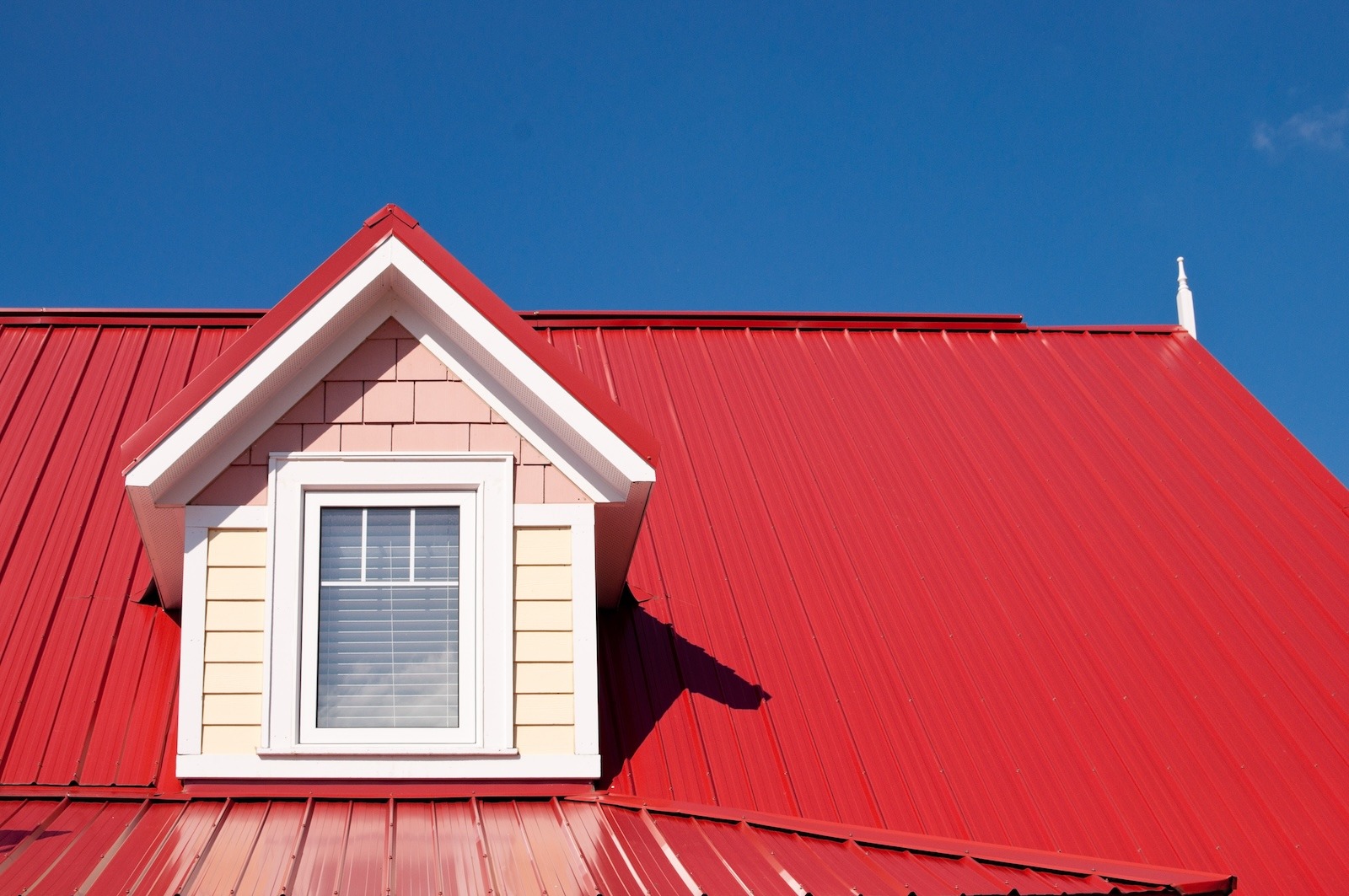
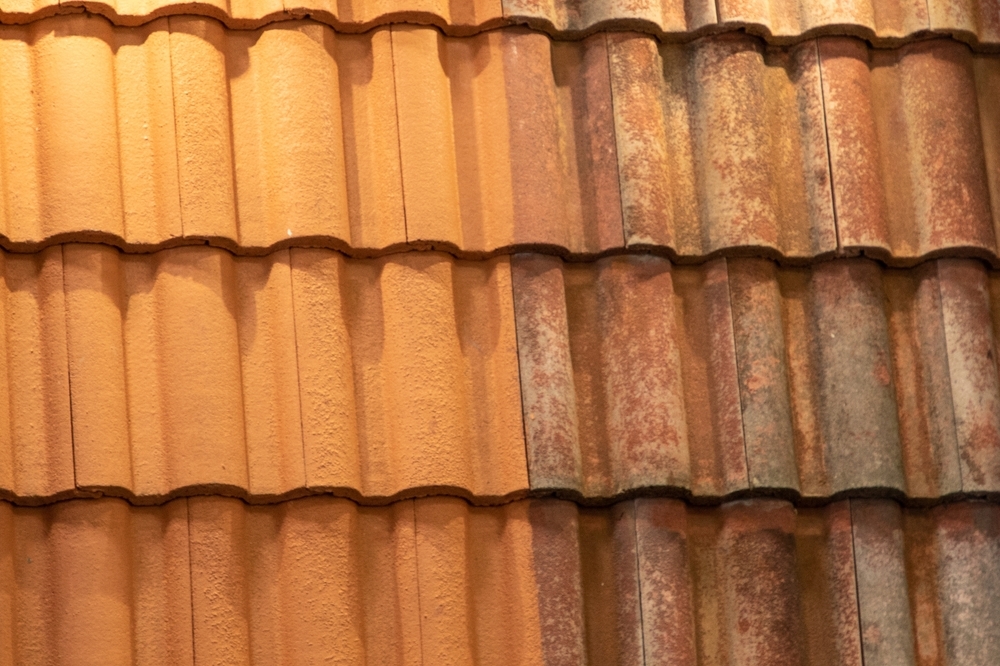
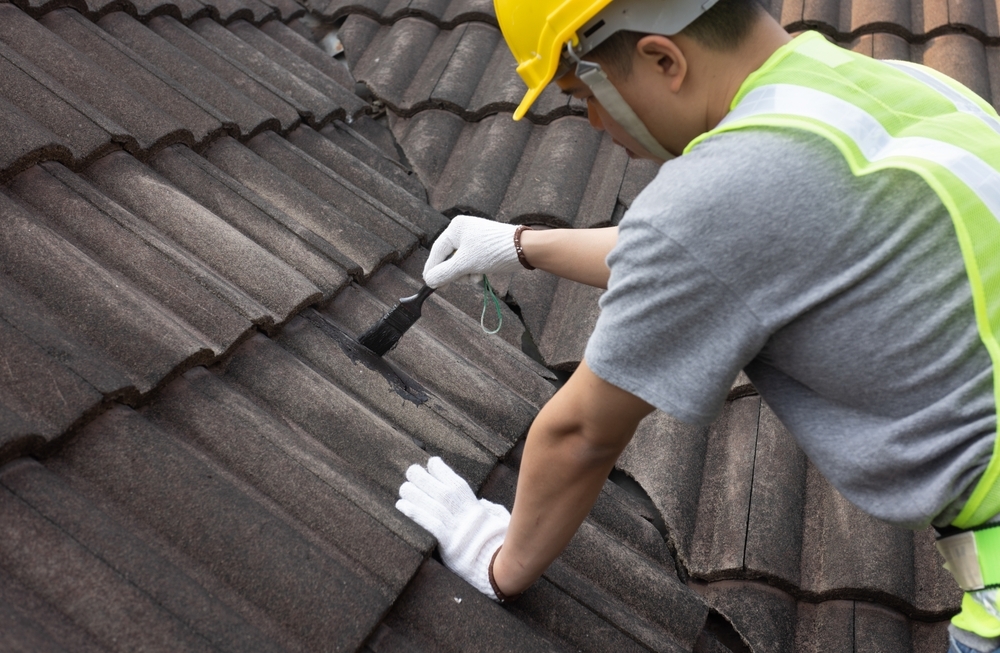
.jpg)
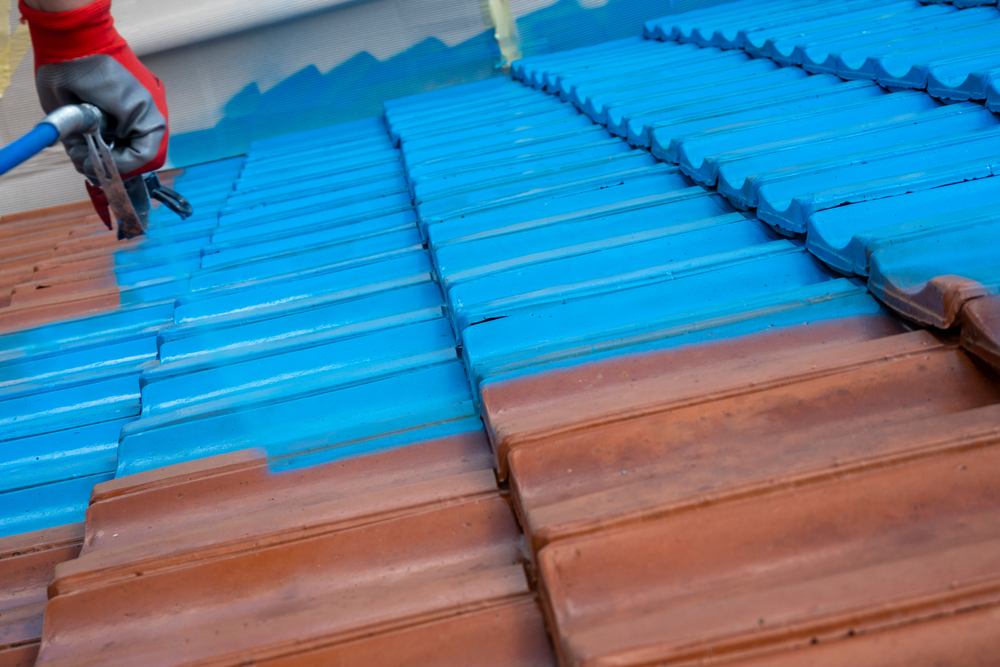
.jpg)
